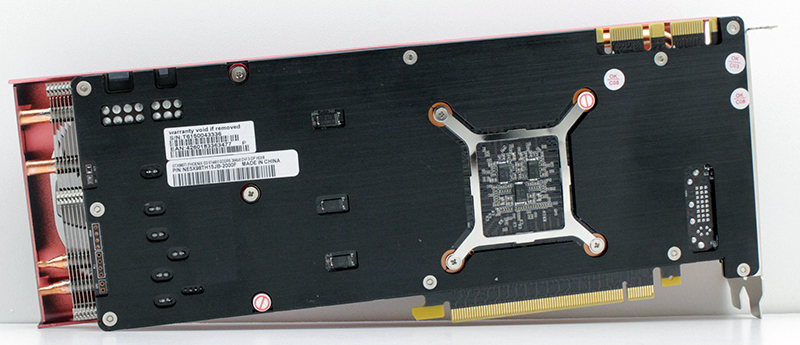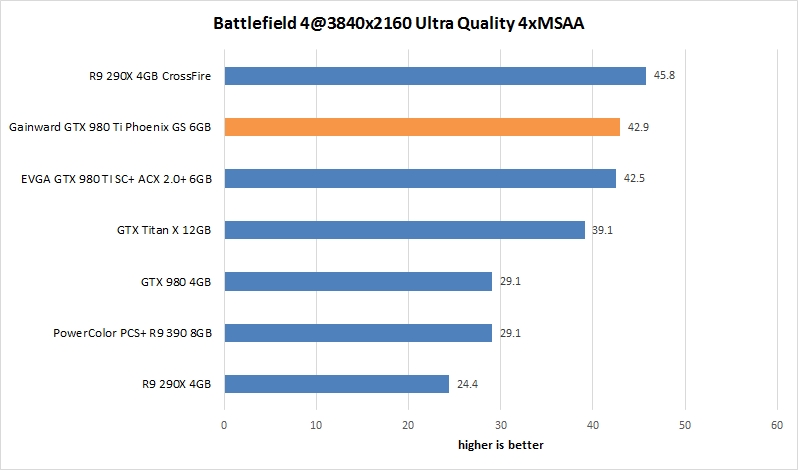Nvidia has released a new high end graphics card GTX 980 Ti which is much more appealing for gamers than GTX Titan X. The reference GTX 980 Ti is priced at $650 but it gets close to the Titan X's $999. With a decent overclock the GTX 980 Ti outperforms the Titan X in most scenarios. If you are not into overclocking and you want highest performance out of the box the GTX 980 Ti Phoenix Golden Sample (GS) may be the right card for you. Currently it is prices about $35 more than the reference card from Gainward. 
Gainward decided to set the base GPU clock at 1152MHz, which is significantly higher than the 1006MHz reference clock. The Boost clock is 1241MHz compared to the reference 1074MHz. The memory is left at default 7GHz (effective GDDR5).
Gainward went with a new cooler design and we welcome it. We remember the great Phantom cooler which was used for top of the line cards in the GTX 980 series and some previous generations. The Phantom cooler performed well and it was famous for the removable fun feature, as shown in the image below. However its 2.5 slot width was drawback for some users. The new Phoenix cooler has standard 2 slots width.

The fans can be removed without removing the heatsink or messing with the wiring.
As well as the relatively impressive GPU clock, the GTX 980 Ti Phoenix GS also looks good. The metal shroud looks nice. It is open on all sides and the openings serve as exhaust vents. All the fans are connected using a single 4-pin connector, and fan RPM can be regulated via different tools, like Gainward's own EXPERTOOL.
Like the reference card the new Geforce GTX 980 Ti Phoenix GS also has the same 250W TDP and needs 8+6-pin PCI-Express power connectors.

Note that the GTX 980 Ti GS comes with backplate, something that we missed on the GTX 980 Phantom card. It is not that much important for the cooling but the backplate adds much to the overall image of the card.
The reference Geforce GTX 980 Ti comes with three DisplayPort, single HDMI and single DVI display outputs and supports 4-way SLI. The Gainward GS card has the same arrangement of video outputs. Four video outs can be used at the same time.
We played Battlefield 4 at 4K resolution using maximum-in-game settings and the Phoenix GS scored 42.9 FPS compared to 39 FPS with Titan X. The great news is the Phoenix GS card cost almost $300 less than GTX Titan X.

